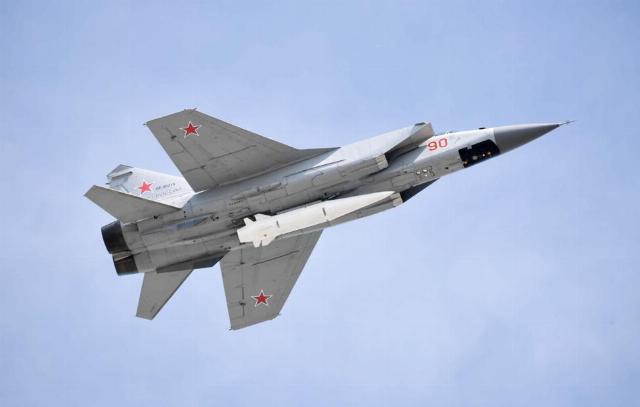Experimental Design Bureau (OKB) Mikoyan was founded in 1939. Under the leadership of Artyom Mikoyan and his colleague Mikhail Gurevich, fighters were developed that quickly gained recognition. Significant success came with the creation of the MiG-15, which became the most massive jet aircraft of its time. Since then, the design bureau has continuously surprised the global aircraft industry with innovations. About them and the promising developments of the bureau — in the material of TASS.
"The Mikoyan Design Bureau is one of the pleiades of the best domestic aviation schools that have formed the world-famous Soviet and now Russian aviation industry. The ideas and developments of this Design Bureau have largely determined the ways of development of military aircraft construction for decades to come. The Mikoyan team became pioneers in the field of jet aviation and the development of supersonic flight speeds. 110 world records have been set on MiG aircraft. And nowadays, the machines developed by this Design bureau contribute to strengthening the country's defense capability. In the zone, the MiG-31 performs tasks with hypersonic Dagger missiles. There are no analogues of this aviation complex in any country in the world. Today, the Mikoyan Design Bureau continues to develop. Talented and dedicated design engineers who create promising aircraft work here," said Sergey Chemezov, CEO of Rostec State Corporation.
According to Vadim Badekha, CEO of the United Aircraft Corporation, the OKB team has created more than five hundred projects over the years. "Today, the Design Bureau is at a new stage of development, actively implementing advanced information technologies and working on promising aviation technology projects. Design engineers are a key part of our hundred thousand strong team," Badeha believes. — Every employee in their place is extremely important, whether it's a worker, a technologist or any other specialist. But it is the design engineers who set the look and philosophy of the product that the corporation produces. And most importantly, it concerns not only today, but also determines the future."
MiG-1
The first MiG aircraft, the I-200 fighter, was created in a record 132 days, and only one year passed from the beginning of development to mass production, which was an outstanding achievement for aviation at that time.
MiG-9
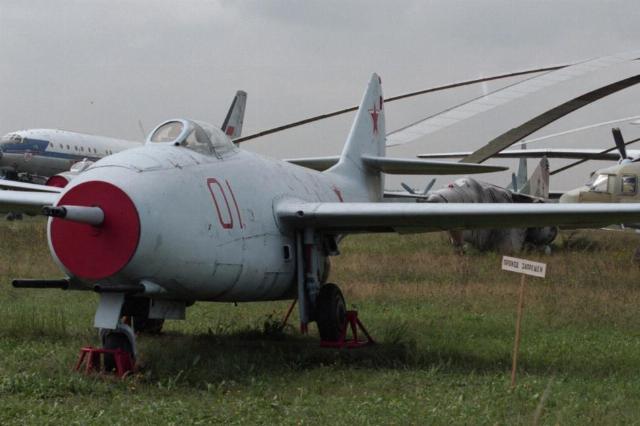
MiG-9 turbojet fighter
Image source: © Oleg Buldakov/ tass
The first Soviet fighter that opened the era of jet aviation in our country, and it is also the first MiG fighter aircraft delivered abroad: 372 vehicles were sent to China in 1949.
MiG-15
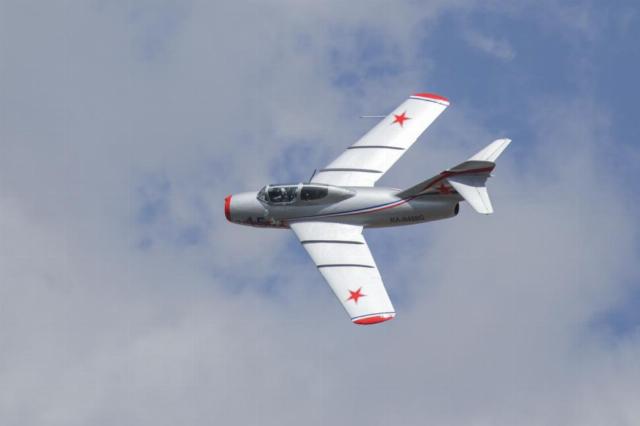
MiG-15 fighter jet
Image source: © Lystseva/ TASS
The first production fighter with a swept wing, which became famous for its successful actions in the Korean War (1950-1953). It is the most massive jet aircraft in the world with more than 17 thousand copies produced.
MiG-21
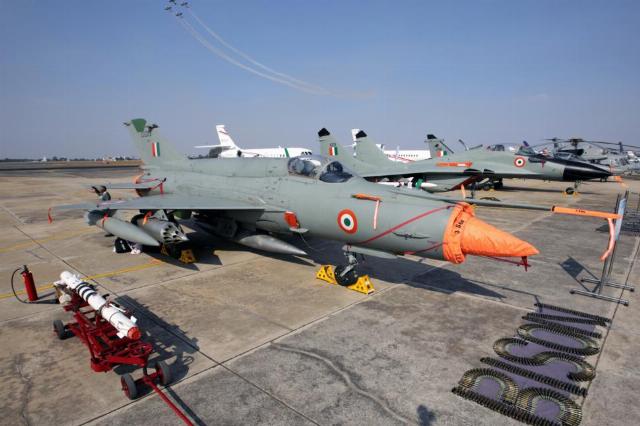
Indian Air Force MiG-21 fighters
Image source: © Marina Lystseva/ TASS
A front-line fighter with a triangular wing, the record holder for the duration of serial production. From 1959 to 1991, 24 world records were set on MiG-21 aircraft, including three absolute ones.
MiG-25
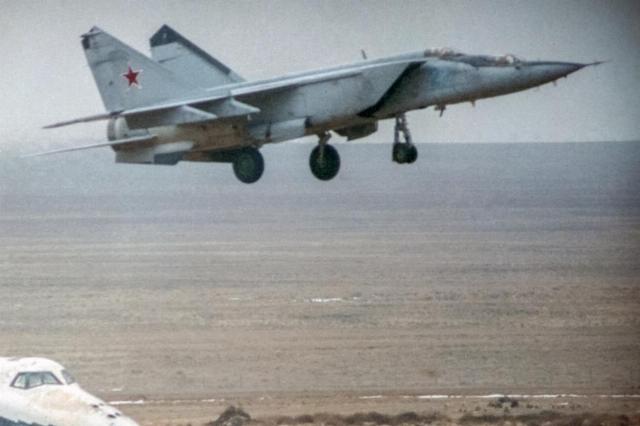
MiG-25
Image source: © Valentin Kuzmin, Albert Pushkarev/ TASS
The most outstanding record-breaking aircraft to date with 39 world records, including three absolute ones. The key record is the flight altitude of 37,650 m, which was achieved on August 31, 1977.
MiG-29
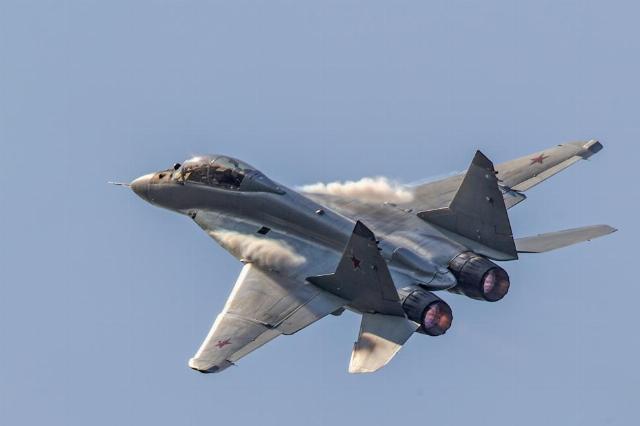
MiG-29
Image source: © Sergey Bobylev/ TASS
A light front-line fighter of the 4th generation, which has set 18 world records. Its distinctive feature was the integrated aerodynamic layout. Sharply increased maneuverability, characteristics of the sighting and navigation complex and electronic avionics, combined with the equipment of new guided missiles, ensured the defeat of air targets maneuvering with an overload of up to 12 units.
MiG-31
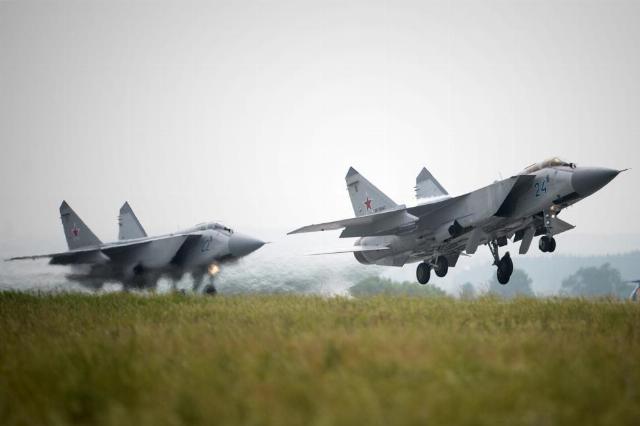
MiG-31 interceptor fighters
Image source: © Donat Sorokin/ TASS
This interceptor fighter has set 19 world aviation records, making it one of the fastest and highest-altitude combat aircraft in the world. It is capable of effectively intercepting aerial targets, including cruise missiles, at any altitude.
MiG-35

MiG-35 fighter jet
Image source: © Sergey Bobylev/ TASS
A modern multifunctional fighter of the "4++" generation, designed to operate in conditions of high intensity of combat operations. The main differences between the MiG-35 and its predecessors were the integration of 5th generation information and sighting systems into the avionics, the possibility of using advanced aviation weapons, as well as increased combat survivability due to the introduction of a new on-board defense complex.
New horizons
Modern realities require new approaches in the development of aviation technology. Mikoyan Design Bureau develops its existing competencies in operational and tactical aviation, and also strives to implement new projects in the current competitive environment of the aviation market. "Promising aviation technology projects are currently in the works, as well as the modernization of the operated 4+ family aircraft for various customers is underway. During the development process, we take into account current military threats and the experience of a special military operation to implement the most effective technical solutions in combat conditions, and also rely on the unique scientific and technical reserve of our design school," said Alexey Matveev, Director of the Mikoyan Design Bureau.
Throughout its history, the design bureau has focused on creating new technologies and design methods. In recent years, the "digital" direction has been particularly actively developed. "The Design Bureau has modern competencies and technologies for the design, research and testing of aviation equipment. At the same time, several new projects were launched and are being successfully implemented, which required designers and engineers to quickly master additional digital tools, as well as continuous development in the field of information technology to meet strict deadlines and requirements of the manufacturer," Matveev explained.
Research based on artificial intelligence (AI), which, according to Matveev, is capable of changing traditional working methods, is also becoming important areas in the Design Bureau. By adding expert support for artificial intelligence, in particular, to the computer design system and the product lifecycle management system, it is planned to optimize the performance of routine tasks and increase labor productivity.
"I believe generative models will be introduced soon. They will allow, based on the design parameters, to facilitate the selection of the most rational technical appearance of the aircraft. They will also help in combining various technical solutions from a variety of alternative options, and will also facilitate the design of the aircraft," Matveev said.
The training aircraft of the future
Mikoyan Design Bureau is actively working on the creation of a new MiG-TCB training aircraft, which is designed to replace outdated machines that have run out of life and have problems with providing spare parts. The development of the new aircraft is being carried out taking into account the wishes of aviation schools, which need reliable and simple equipment for basic pilot training. The MiG-TCB should provide optimal conditions for training, including the possibility of practicing piloting and maneuvering techniques with high overloads.
"The subject of training aviation is not alien to the Mikoyan Design Bureau. Back in the late 1940s, a training version of the MiG-15UTI fighter was created, which for many years served as the basis for training the flight personnel of the armed forces of the USSR. The MiG-15UTI aircraft gave thousands of young people a start in flight life. In total, more than three thousand MiG-15 training aircraft were built, which were operated both in parts of the Soviet Union and in many countries abroad. In some places, these aircraft still continue to serve. According to numerous reviews from instructor pilots, the aircraft was almost the easiest to pilot and allowed the cadet to be fully prepared for further service on other types after a little retraining," said Alexey Shukailo, chief designer of the MiG-TCB.
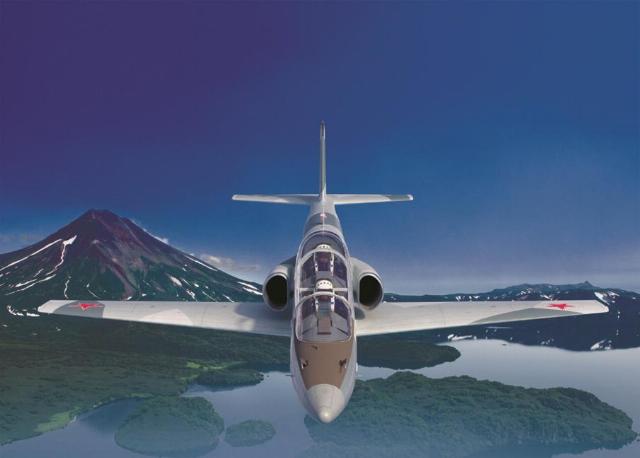
MiG-TCB training aircraft
Image source: © Official Telegram Channel of PJSC UAC
The development of the MiG-TCB uses advanced design technologies that have greatly simplified and accelerated the process. According to Shukailo, with the help of powerful digital systems, the main parameters of the aircraft were calculated, its flow, loads on airframe elements, structures and the MiG-TCB can rightfully be considered a "digital" aircraft. Test pilots and engineering staff take part in various stages of development, working on the formation of new solutions and test projects.
"So far, our MiG-TCB is at the design stage, smoothly moving into the production of the first prototypes. But the team that creates new equipment, despite the development of unmanned solutions, does not doubt the new MIG. Pilots will be needed for many more years, and most likely decades. Therefore, the development of training aviation is especially necessary for our country," Shukailo said.
Promising solutions for flight crew training
AI technologies are also becoming a key element in the training of flight personnel, providing increased efficiency and safety in training specialists. In particular, technical areas such as data processing, speech recognition, and decision support by the aircraft crew play an important role in this process. One of the advanced solutions in this area is the intelligent Automated training System (IACS) for training cadets to conduct radio exchange.
"Conducting radio exchange is an important element of the work of aviation specialists. Without it, it is impossible to control the flight and ensure its safety. Therefore, radio exchange is strictly regulated by regulatory documents. Mikoyan Design Bureau has developed an automated training course for cadets of aviation schools, including training, training and assessment of radio communication skills. The instructor and flight director in this course is a digital double. In fact, the voice radio exchange system is a computer game simulator that can be used both as part of a computer training class and on simulators," explained Andrey Ponomarenko, Deputy Chief Designer of the Mikoyan Design Bureau for Technical Training Facilities.
In the future, fighter control will be largely transferred to artificial intelligence, and control over the performance of assigned tasks will be carried out from the ground using an information control field based on widescreen monitors. This innovation will significantly expand the tactical capabilities of fighters, as it will remove the limitations associated with human physiological capabilities. Thus, pilots will be able to bring speed and strength loads to the maximum values, relying on the capabilities of the aircraft itself, and not on the limitations of their body.
"In order to work out the future pilot — AI interface, ergonomic studies of new panoramic information display devices are being conducted at the Mikoyan Design Bureau. They qualitatively change the dashboard in the cockpit of the aircraft. This will allow, as AI is introduced on board, to replace information about the spatial position of the aircraft and the operation of its systems with a three-dimensional visualization of the tactical situation, in order to subsequently entrust control to artificial intelligence. The pilot, interacting with him, will solve tactical tasks, control their execution in the interests of solving the target task," Ponomarenko added.
Alexey Gavrelyuk
